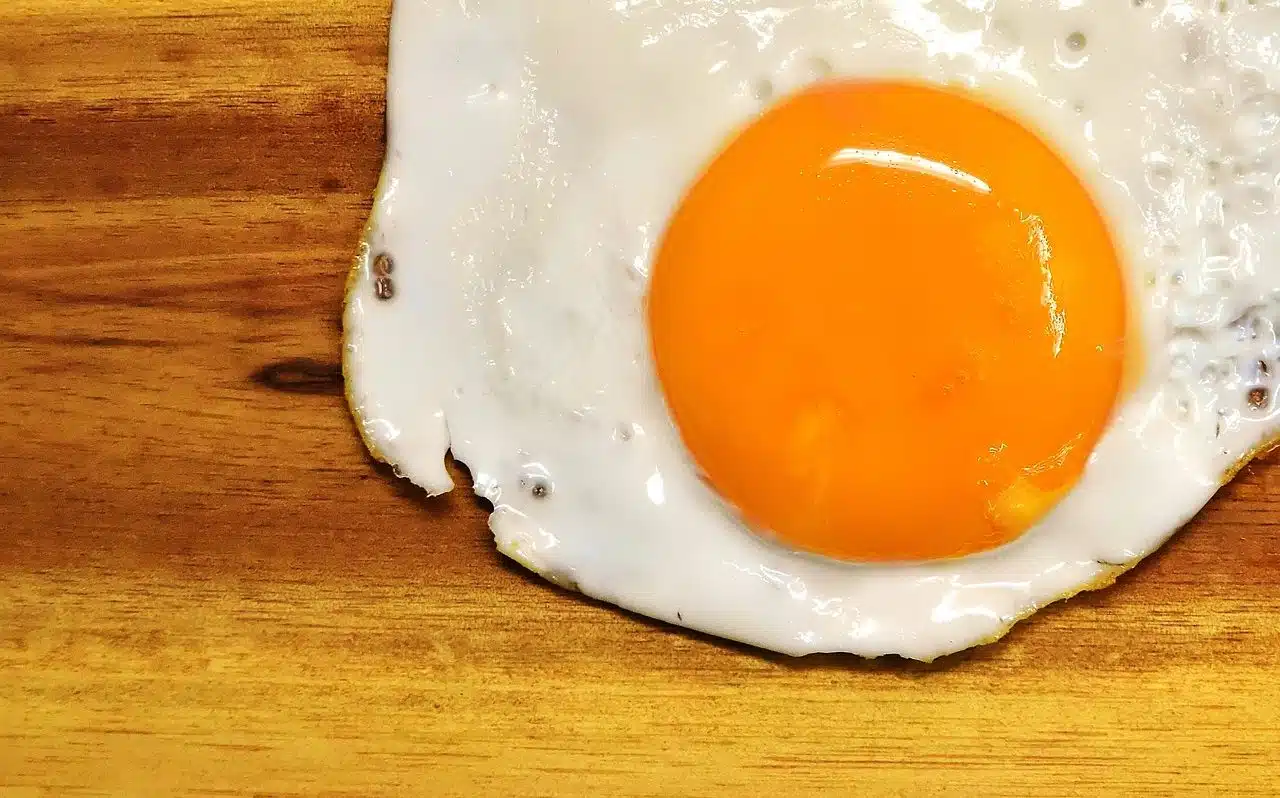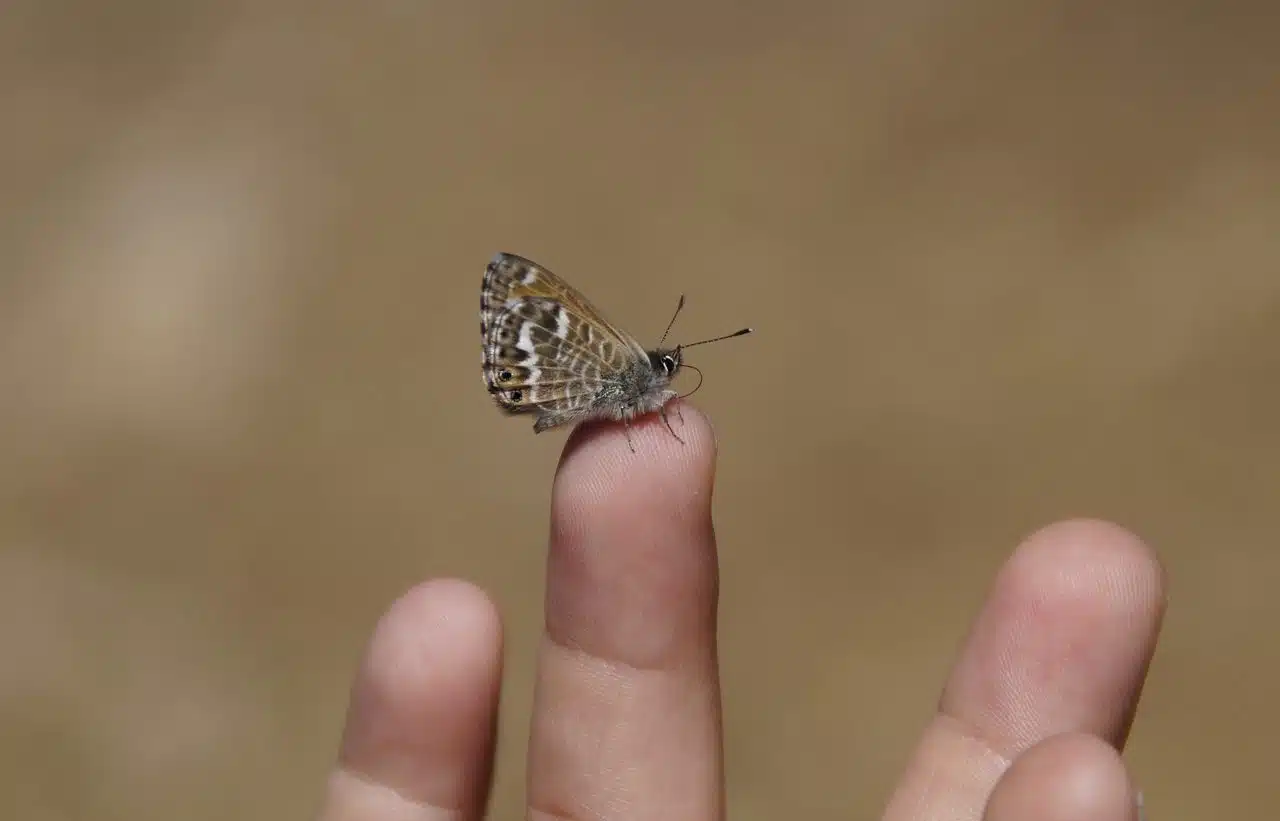
The yolk is the yellowish component of the egg.
Yema is a concept that comes from the Latin word gemma . The term is used in different ways according to the context . One of its most common meanings is linked to one of the components of the egg generated by vertebrate animals, which has a yellowish color and is surrounded by egg white .
The egg yolk is made up of the yolk and the germinal disc . In this disc is the cell nucleus in the stage prior to fertilization : if this occurs, the embryo develops there. The yolk, on the other hand, houses various nutrients. It should be noted that the yolk and the white are separated by the vitelline membrane .
Eggs, especially chicken eggs, have always been very popular foods . The yolks contain vitamins A , B and D , phosphorus , calcium , potassium , iron and other nutrients. They can be consumed in different ways, even separated from the egg white in certain recipes .
Use of egg yolk beyond food
But human beings do not always appropriate animals and plants for their subsistence, but tend to use them as products to satisfy all their whims. In the specific case of egg yolk, it is known that until the middle of the 19th century and since ancient times it was used as an emulsifier for the creation of tempera paints .
The use of egg yolk in this area requires a mixing process in which previously pulverized or ground pigments must be included (to achieve the blue color, for example, they used to use cobalt oxide) until the tone is achieved. desired. Unlike today's industrial products, which are sold properly preserved to increase their durability, this paint was to be used immediately.
The term in botany
In the field of botany , the embryonic sprout from which, over time, new flowers, leaves and branches emerge, is known as a bud. It can be said that it is an organ that has cells capable of dividing.
The buds of plants are made up of a meristem : the tissue formed by cells that promote the development of the plant. According to their characteristics, the yolks can be classified in different ways.
The scaly bud (protected by scales), the downy bud (covered by hairs ), the axillary bud (located in an axil of the leaf), the terminal bud (located at the end of a branch) and the reproductive bud (which has embryonic flowers) are some of the types of buds.

The tip of the fingers that is on the opposite side of the nail is known as the pad.
The fingertips
This term is also used to name the tips of the fingers of our hands, especially the part that is opposite the nail, that is, the part that is on the same side as the palm. The fingertips are an especially sensitive part, and that is why any injury to this area is suffered more than others; In the case of a cut, for example, the bleeding is very profuse.
But the sensitivity that we have in our fingertips is far from being a negative aspect, since it also helps us recognize surfaces through touch and to protect ourselves from certain objects that are dangerous to our physical integrity, something that happens when we come into contact. with sharp points or surfaces that are too hot, among many other cases.
In modern life, the fingertips have a very important function for social organization, since it is in this part of the body where our fingerprints are found, the unique feature that we must leave printed on our identity documents so that no one can impersonate us. The resolution of a police investigation, on the other hand, may depend on the discovery of these fingerprints at a crime scene.
